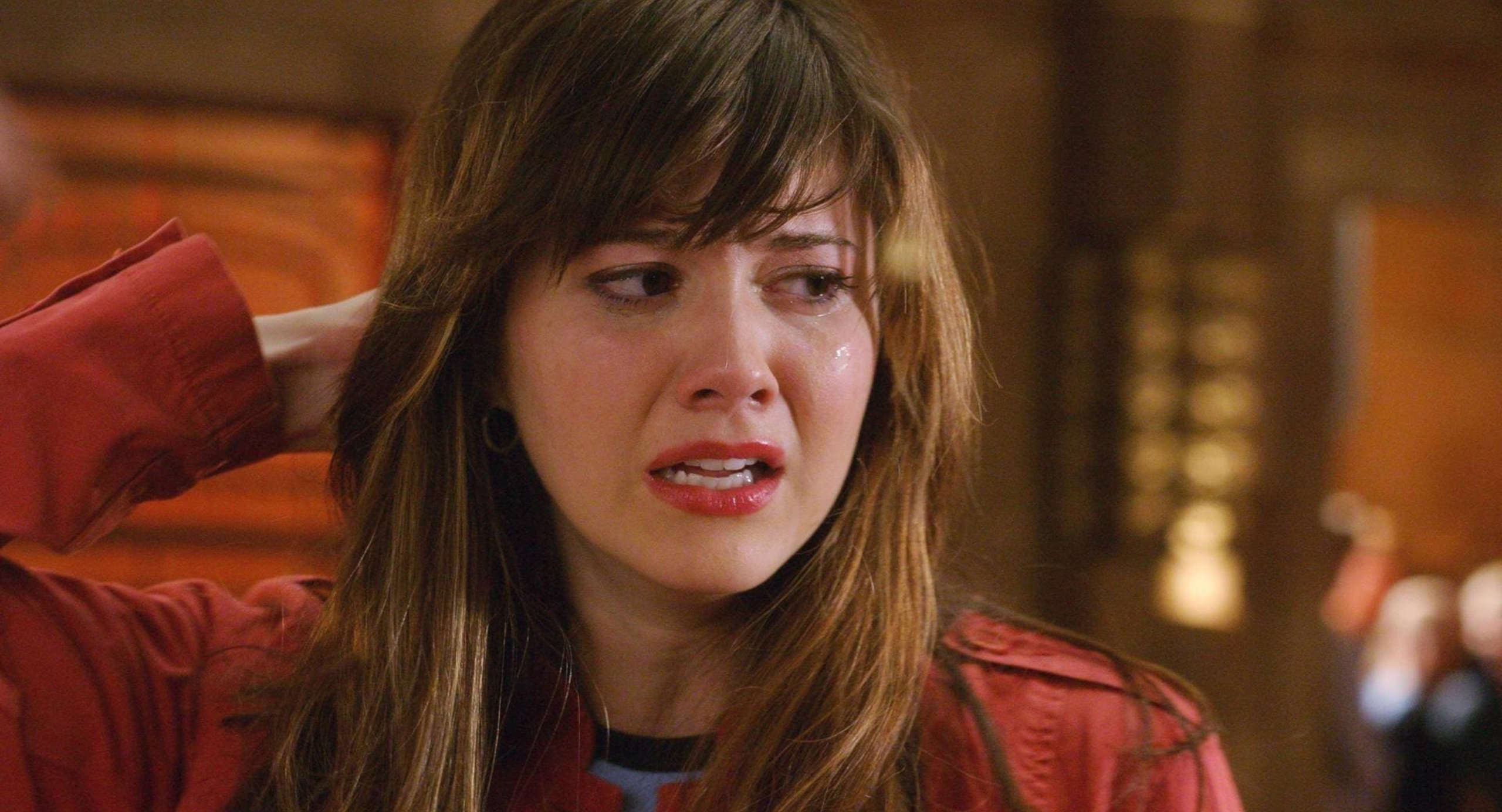Final Destination 3 – Film Review
Published March 31, 2024

Final Destination 3, the third installment in the beloved horror franchise, directed by James Wong (who also co-penned the screenplay with Glen Morgan), attempts to recreate the ominous and unsettling aura that captivated audiences in the original film. Released in 2006, the movie hinges on the franchise’s tried-and-true formula: a premonition of death leads to a narrow escape, followed by Death’s relentless pursuit of those who dodged their fated demise. This time around, the grim reaper’s chess game unfolds after a nightmarish vision of a catastrophic roller coaster accident. Wendy Christensen, portrayed by Mary Elizabeth Winstead, serves as the prophetic protagonist who tries to outwit death’s design.
**Plot and Execution**
The narrative foundation of Final Destination 3 is practically indistinguishable from its predecessors: a high-school senior, Wendy, has a premonition of a deadly roller coaster crash during a night out at an amusement park celebrating their senior year. Acting on her visceral fear, she and a few others are ejected from the ride, only to watch in horror as her vision comes true. As the survivors grapple with the aftermath and their seemingly borrowed time, Wendy discovers photos she took the night of the incident seem to foretell the bizarre and gruesome deaths of those who escaped the accident.
The formula, while familiar, allows for creative and elaborately staged death sequences that have become the franchise’s hallmark. In terms of ingenuity regarding the accidental deaths, Final Destination 3 does not disappoint. From a horrific tanning bed incident to a harrowing escape attempt in a hardware store, the Rube Goldberg-esque machinations leading to the characters’ demises are as intricate as they are macabre. However, these set-pieces, while visually compelling, often feel like disconnected vignettes rather than cohesive elements of the narrative, diluting the tension that the film sporadically builds.
Character development is sparse, with most characters adhering closely to high school archetypes—the jock, the goth, the nerd—leaving little room for depth or evolution. Despite this, Mary Elizabeth Winstead delivers a compelling performance as Wendy, bringing a palpable sense of dread and determination to the role. Her portrayal adds layers to a character that could have easily been one-dimensional, navigating her guilt, fear, and burgeoning resolve with a deftness that elevates every scene she’s in. Unfortunately, the rest of the cast isn’t given as much to work with, making it challenging for audiences to invest in the characters’ fates beyond morbid curiosity about the film’s next elaborate death.
Visually, the film is a mixed bag. On one hand, the death sequences are grotesquely creative, showcasing a twisted brilliance in their execution. The use of practical effects in conjunction with CGI creates some truly shocking moments that will satisfy gore aficionados. On the other hand, the reliance on CGI in certain scenes has not aged well, rendering some moments less impactful and slightly comical, which detracts from the film’s overall tension.
The atmospheric tone of Final Destination 3 fluctuates, at times capturing the eerie and ominous ambiance that defines the franchise, but often undercut by moments of forced humor and dialogue that feels out of place amidst the unfolding horror. The film seems caught between embracing its darker, more sinister roots and catering to a demographic seeking less grim, more entertaining fare.
James Wong’s direction is competent, navigating the film’s macabre set-pieces with a clear vision that maximizes their shock value. However, the script’s adherence to formula without substantive deviation or innovation makes the film feel somewhat stagnant. The exploration of themes such as fate, choice, and the randomness of death, which made the original film intriguing, is largely superficial here, making the narrative feel like a series of missed opportunities to delve deeper into its existential quandaries.
Final Destination 3, while offering a reliably gory diversion, fails to ascend to the heights of its franchise’s best moments. Its reliance on formula, underdeveloped characters, and occasionally lackluster visuals hold it back from fully realizing its potential. Despite these shortcomings, the film remains a decent addition to the series, primarily due to Mary Elizabeth Winstead’s strong lead performance and a handful of memorably gruesome set-pieces.
As a roller coaster ride, Final Destination 3 delivers enough twists, turns, and drops to keep audiences engaged, but as it pulls into the station, one can’t help but feel the journey was somewhat lacking. It scores points for creativity in its death scenes and does not stray from the franchise’s grim aesthetic, but ultimately, it settles into a familiar groove that neither disappoints nor particularly impresses.
